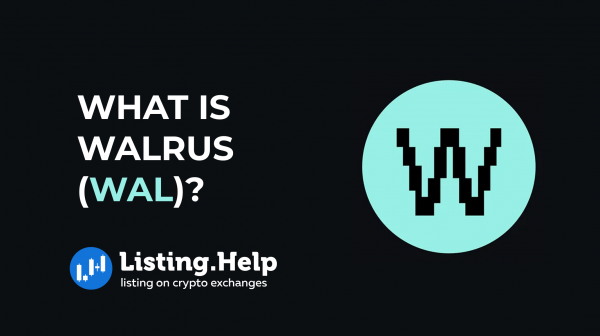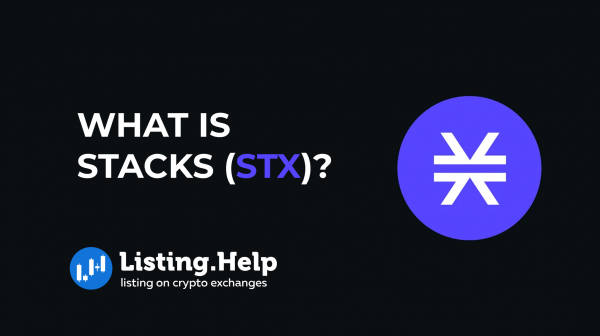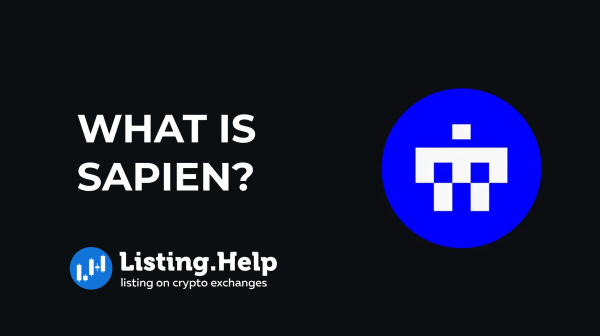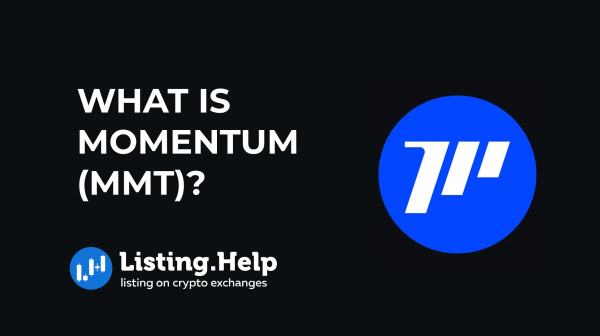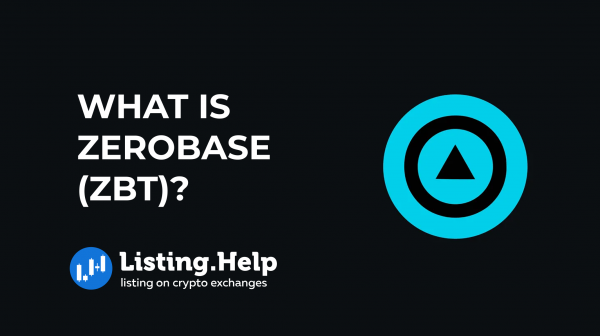What Are ERC-20 Tokens on the Ethereum Network?
 February 11, 2024
February 11, 2024 Updated: January 27 2025, 07:20
Updated: January 27 2025, 07:20
LEAVE A REQUEST
Launching your own token project? Our experts are ready to help with listing on exchanges, market making, marketing and other solutions
SUBMIT APPLICATIONIn 2014, Vitalik Buterin launched Ethereum, setting it up as an open-source framework dedicated to the development of decentralized applications (DApps). The creation of this new blockchain was largely influenced by the limitations in flexibility found within the Bitcoin protocol.
The introduction of Ethereum has since captivated a wide array of developers, corporations, and forward-thinkers, catalyzing the formation of a burgeoning sector committed to the execution of smart contracts and the deployment of distributed applications.
This article will delve into the ERC-20 standard, a pivotal protocol for token generation on the Ethereum network.
What Is ERC-20?
ERC-20 sets the technical guidelines for creating fungible tokens on the Ethereum network. Fungible tokens are assets that can be interchanged one for another, unlike ERC-721 tokens, which are unique non-fungible tokens (NFTs).
This standard provides a framework for developers to craft tokens via smart contracts, which can then interact with various applications and services. Essentially, these tokens symbolize a range of assets or rights — from ownership and privileges to cryptocurrencies — that, while not inherently unique, are transferable.
History of the ERC-20
Back in 2015, the concept of smart contracts was gaining momentum within the Ethereum community, highlighting a critical challenge. The platform’s openness allowed for a burgeoning array of tokens, each created without a unified framework to guarantee their compatibility across the ecosystem. This fragmentation posed a significant hurdle; without a universal token standard, each application could potentially introduce its own unique token, complicating the process for users who had to navigate through an ever-expanding universe of applications.
Addressing this challenge, Fabian Vogelsteller stepped forward with a solution in 2015, proposing the ERC-20 standard. This proposal aimed to streamline the smart contract framework on the Ethereum blockchain, ensuring a cohesive approach to token creation. Vogelsteller presented his proposal as an Ethereum Request for Comment (ERC) on the project’s GitHub page, where it was designated as the twentieth comment, giving birth to the ERC-20 nomenclature.
The Ethereum community, known for its structured approach to development, embraced Vogelsteller’s proposal. By 2017, it was formalized as Ethereum Improvement Proposal 20 (EIP-20). Despite this official designation, the term ERC-20 has persisted, becoming synonymous with the standard due to its origins and widespread recognition.
The adoption of the ERC-20 standard marked a pivotal moment for the Ethereum blockchain. It mandated that tokens built on the platform adhere to a consistent framework, ensuring interoperability and simplifying the exchange and use of tokens across various applications.
Overview of Ethereum Tokens
In contrast to ETH, Ethereum’s own currency, ERC-20 tokens are not directly stored in user accounts. Instead, they reside within a smart contract, essentially acting as a sophisticated ledger. This contract defines the tokens’ characteristics, such as their name, symbol, and divisibility, and maintains a registry linking users’ balances to their Ethereum wallet addresses.
When a user wishes to transfer tokens, they must instruct the smart contract to reallocate a portion of their balance. Take, for instance, Alice aiming to send 5,000 ExampleTokens to Bob. She triggers a function in the ExampleToken smart contract to initiate the transfer.
Engagement with Smart Contracts. This process is encapsulated in what is essentially a standard Ethereum transaction, which appears to send 0 ETH to the token’s contract address. However, the transaction includes extra information specifying Alice’s instructions, namely, to move tokens to Bob’s address.
Although the transaction doesn’t involve sending ETH, Alice is still required to pay a transaction fee in ETH for her transfer to be processed and included in the blockchain. Therefore, if Alice doesn’t have any ETH, she must first acquire some to complete the token transfer.
Is It Possible to Mine ERC-20 Tokens?
While you can mine Ethereum’s native currency, ETH, the process for creating ERC-20 tokens is different; they are minted, not mined. This minting happens when the token’s smart contract is initiated, and developers decide how to distribute the initial supply based on their strategy and development roadmap.
This distribution often occurs through fundraising methods like Initial Coin Offerings (ICO), Initial Exchange Offerings (IEO), or Security Token Offerings (STO). Despite the variety of terms, these methods share a common approach: investors send ETH to a specified contract address and receive new tokens in exchange. The funds raised through these events typically go towards the project’s continued development, with the anticipation that the tokens will either be usable in the future or can be sold for a profit as the project progresses.
Token distribution methods are not exclusively automated. During many crowdfunding campaigns, participants have the option to contribute using different cryptocurrencies (e.g., BNB, BTC, ETH, USDT), and then the new tokens are allocated to their Ethereum addresses accordingly.
Advantages of ERC-20 Tokens
Interchangeability
One of the key strengths of ERC-20 tokens is their fungibility, meaning each token is equivalent to another. Holding an ExampleToken, for instance, you wouldn’t need to worry about which specific token you possess. All tokens are functionally the same, akin to how traditional currency or gold operates. This characteristic is crucial for tokens intended to serve as a form of currency, where uniform value is imperative.
Versatility
ERC-20 tokens offer a high degree of flexibility, allowing them to be adapted for various uses. Whether as a currency within video games, loyalty rewards, digital collectibles, or even representing ownership of art and real estate, their customizable nature makes them suitable for a wide array of applications.
Widespread Acceptance
The widespread adoption of the ERC-20 standard within the crypto space greatly benefits those who choose to utilize it. A vast ecosystem of exchanges, wallets, and smart contracts is ready and waiting for new tokens. Additionally, there’s a wealth of developer resources and comprehensive documentation available, simplifying the development process.
Disadvantages of ERC-20 Tokens
Scalability Issues
Similar to many blockchain networks, Ethereum faces scalability challenges. High transaction fees and delays are common during peak usage times, which can affect the practicality of ERC-20 tokens during network congestion. These scalability concerns are acknowledged by the Ethereum community, with solutions like Ethereum 2.0’s upgrades, including Plasma and Casper, aimed at addressing these issues.
Potential for Misuse
The simplicity of creating ERC-20 tokens is a double-edged sword. With minimal barriers to token creation, the platform is open to misuse, including scams such as Pyramid and Ponzi schemes masquerading as legitimate blockchain projects. It’s crucial for investors to conduct thorough research and exercise caution when exploring investment opportunities in this space, distinguishing genuine projects from fraudulent ones.
BEP-2 and ERC-20
ERC-20 sets the framework for tokens within the Ethereum network, serving as a foundation for numerous other tokens, blockchains, and digital ecosystems. A notable example of such innovation is Binance, a leading cryptocurrency exchange, which developed its proprietary blockchain, known as the Binance Chain, using Ethereum’s technology as a starting point.
Following this development, Binance’s team introduced a token standard for its blockchain, named BEP-2. This standard parallels ERC-20 by providing guidelines for token creation on the Binance Chain, ensuring a structured approach to developing digital assets within this new ecosystem.
Furthermore, Binance expanded its blockchain infrastructure with the introduction of the Binance Smart Chain, a parallel blockchain designed to enhance functionality. This chain not only supports BEP-2 but is also compatible with ERC-20 tokens and the Ethereum Virtual Machine, bridging the gap between the Binance Chain and Ethereum ecosystems. The Binance Smart Chain utilizes a more advanced standard, BEP-20, facilitating cross-chain interactions and broader compatibility within the crypto landscape.
Conclusion
The ERC-20 standard has long been the cornerstone of the cryptocurrency asset landscape, offering a versatile and straightforward framework for deploying contracts across various applications, from utility tokens to stablecoins. Despite its widespread adoption and flexibility, it is not without its limitations, missing certain functionalities introduced by newer standards. The future of digital contracts may well see the emergence of successors to ERC-20, bringing enhanced capabilities and addressing its current shortcomings.

For more insights into the evolving world of digital tokens and standards, including the latest developments and comparisons between different blockchain technologies, visit our blog at https://listing.help/blog/. Dive into a wealth of articles that explore the depths of the cryptocurrency ecosystem and its future directions.




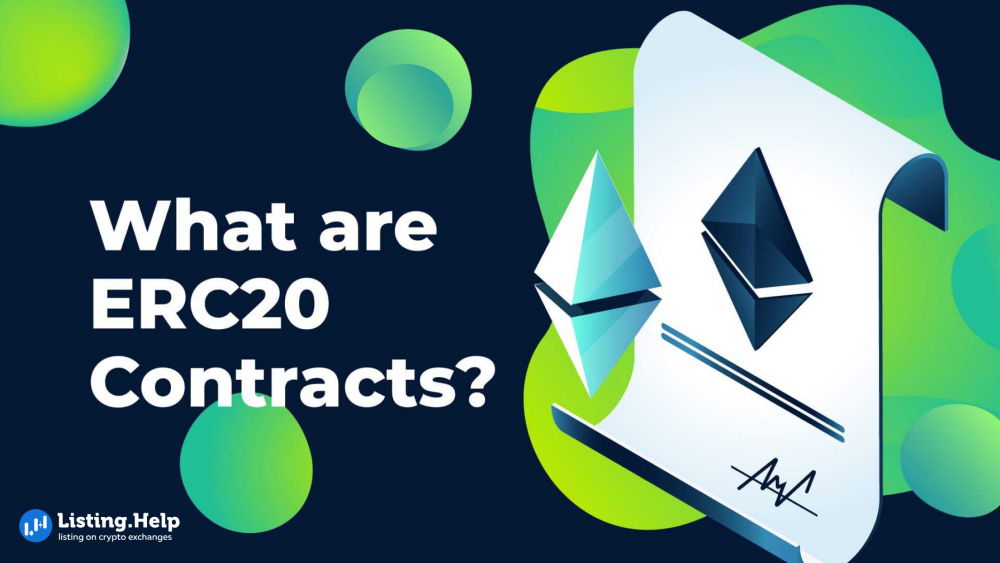

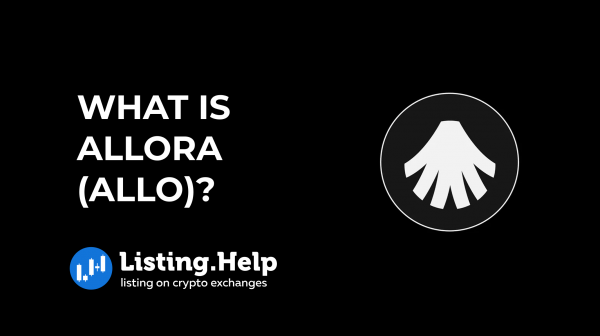
 December 29, 2025
December 29, 2025 
